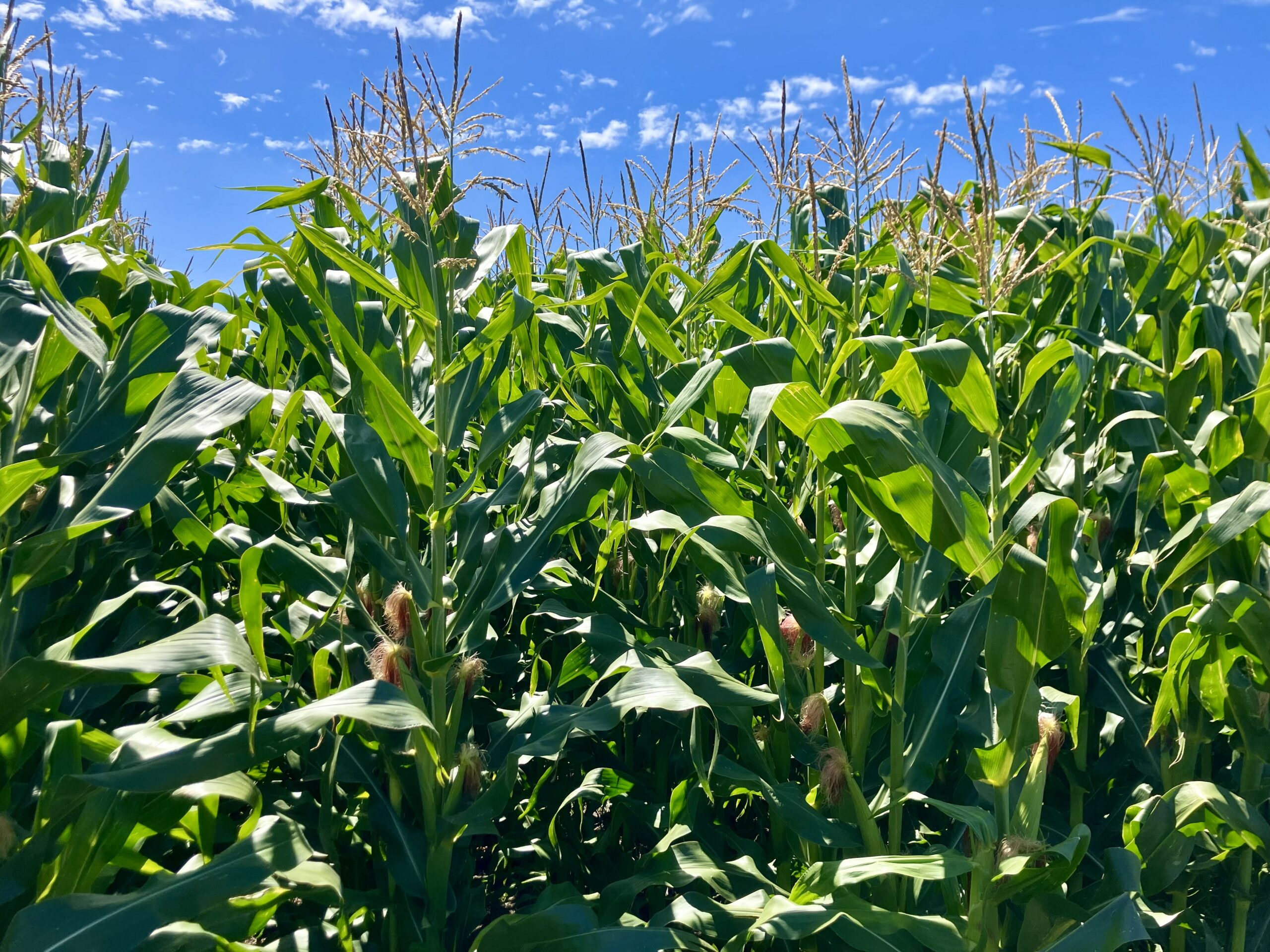More dairy farmers are turning to maize silage as a vital supplementary feed, offering bulk and a rich source of slowly fermentable starch for lead feeding and early lactation. Once infrastructure like a silage pit, feeding equipment, and feed pad is secured, following key management steps ensures a successful crop outcome.
- Paddock Selection and Preparation:
Soil and plant tissue testing are essential for assessing a paddock’s maize suitability. Maize dislikes saline or sodic soil and requires adequate water without being waterlogged. These tests offer insights into soil fertility, type, structure, water retention, and cultivation suitability. Other considerations include irrigation access, machinery availability, and the potential use of effluent/compost to enhance soil organic matter and nutrient content.
2. Weed and Pest Control
Weeds result in runty plants and rob them of potential water and nutrients. In some circumstances, weeds can choke out maize altogether resulting in a failed crop. Insects such as cut worm can destroy the plants as they emerge. Effective weed and pest control, both pre and post-emergence, using chemical methods, is imperative.
3. Seed bed
Maize thrives on a smooth, finely prepared seed bed, ensuring proper seed placement, consistent sowing depth, and uniform germination. Cultivating unsown paddocks is recommended to break up soil and enhance root penetration. Strip tillage is gaining popularity for better soil conservation and moisture retention.
4. Fertiliser and water
Once established, crop yield is influenced by nutrient and moisture availability. Moisture levels, often dictated by rainfall, determine yield potential, while nutrient requirements are adjusted accordingly. For every tonne of dry matter per hectare, the crop needs approximately 13kg Nitrogen, 2.6kg Phosphorus, and 12kg Potassium. Phosphorus is commonly applied as DAP or MAP, often placed with the seed at sowing. Fertilizer may be deep banded or broadcasted before or at sowing. Maize exhibits peak nitrogen requirements from day 35 until cob silks brown, making additional applications beneficial. Corn yield potential is determined 35 days post-germination, with cob diameter and length established between days 35 and 56.
5. Variety and sowing rate:
Maize is typically sown when soil temperatures at 8 am exceed 12°C for 8 consecutive days, often occurring in late October/early November. Ideal emergence is around 10 days post-sowing. Maize varieties vary in Comparative Relative Maturity (CRM), indicating the heat required for maturity. Shorter CRM hybrids mature faster than longer ones, influencing sowing-to-harvest window selection. Hybrids with CRMs between 75 to 99 are commonly used in SW Vic. Sowing rates are adjusted based on rainfall, ranging from 60,000 to 95,000 seeds per hectare. Typically, sowing rates in SW Vic dairy areas fall between 85 to 95,000 seeds per hectare.
6. Irrigation:
Maize thrives with consistent water supply but dislikes waterlogged conditions. Soil types determine water-holding capacities, with sandy soils needing frequent irrigation and clay soils allowing longer intervals. Maize prefers temperatures ranging from 10°C to 31°C, avoiding germination in colder temperatures to prevent “Cold Shock” and maintain plant health.
7. Harvesting:
Ideal maize silage dry matter content is 35-38%. Below 30% is considered too wet, risking effluent leakage. Harvest readiness is indicated by the maize kernel milk line, typically at ¾ down the seed. However, the dry matter of the whole plants also needs needs to be taken into consideration. Time from kernel indentation to ¾ milk line is 21-30 days, depending on temperature. Silage quality should be monitored during stacking, aiming for 1 or fewer whole kernels per liter. Adjust processing if 4 or more whole kernels are present. Inoculants are recommended to enhance fermentation and aerobic stability, reducing heating risk at feed out. With proper stack management, stability is achieved within 30 days.
These silage management guidelines together with regular crop monitoring from sowing to harvest, have proven to successful maize harvest yields.

